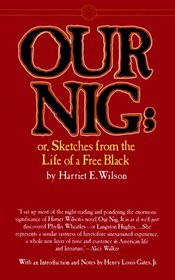Christina Y. reviewed Our Nig; or, Sketches from the Life of a Free Black, In A Two-Story White House, North. Showing That Slavery's Shadows Fall Even There on + 11 more book reviews
Helpful Score: 1
A fictional account of Harriet Wilson's life as an indentured servant in New England...where slavery was experienced outside of the Southern Plantation.





